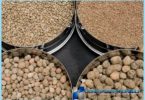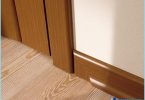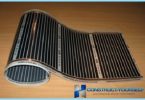The contents
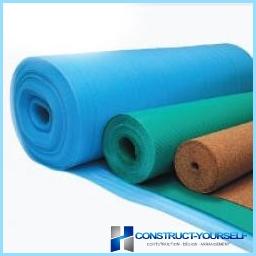
Currently people make repairs in their homes more often than it was 20-30 years ago. And it’s not that the materials were of poor quality, quite the contrary. On the market every day there are more modern, bright and attention-grabbing novelties. And, of course, buyers have a desire to upgrade your home, thereby creating a more favorable microclimate. This trend applies to the laminate. However, buying modern laminate flooring, consumers often don’t think about the fact that its life and quality will largely depend on what substrate will be used for him.
The role of substrate ↑
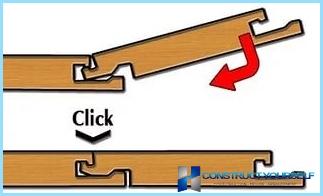
Laminate flooring is mounted by means of special locks, which give strength to the whole plane of the floor.
But in terms of concentration of load in one place but this strength is lost, resulting in breakage of the locks. So, taking a step, we transfer the weight from the whole body on the heel, and thus pressure, the entire mass of our body at one point. Even worse is the situation when walking on a laminate in shoes with a heel.
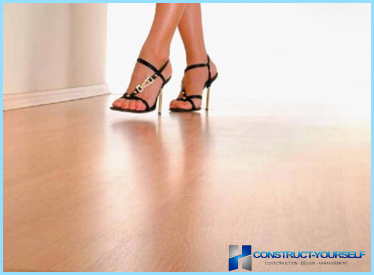
Therefore, in order to avoid breakage of the locks requires stacking layers, which will mitigate this burden. The role of such a layer, just, and performs the substrate.
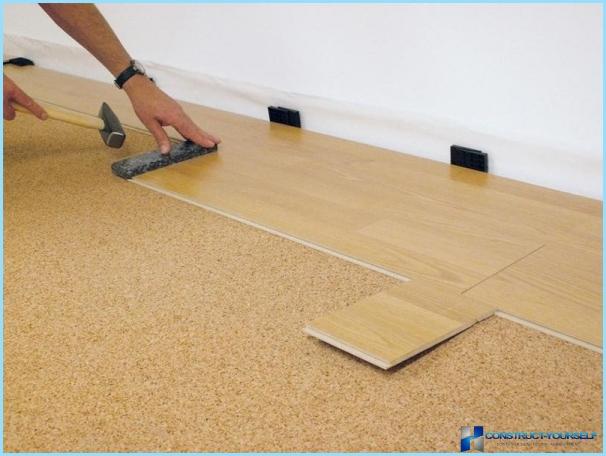
When laying laminate flooring, you can use any choice of substrate but it can not be excluded from the installation process. After all, no manufacturer of laminate flooring does not guarantee their products if it is used without such a substrate.
Below is a video on how it works substrate:
The dignity of the substrate ↑
Soundproofing ↑
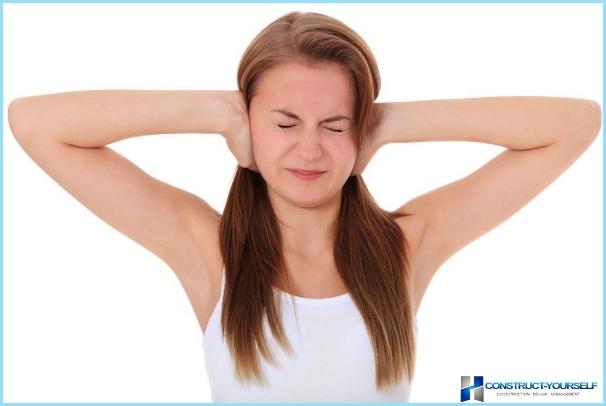
Feature of laminate flooring is a loud sound of steps. This is a fairly unpleasant moment for both tenants and their neighbours. This happens due to the fact that the laminate has a small thickness (the most common coating thickness 8 mm), and 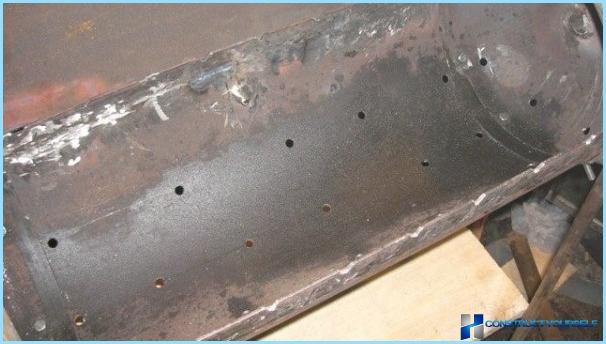
Leveling ↑
Often the floor has irregularities, which have a negative impact when laying floor coverings. After a couple months of use laminate, mounted on an uneven surface, there may be gaps that even with a small magnitude will be visible.
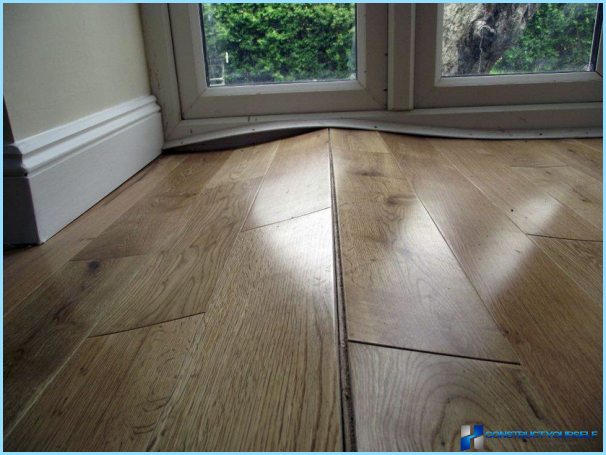
To smooth out the irregularities of the floor will help the substrate, the thicker, the large differences will be able to hide. But everything is good in moderation and too thick substrate (3 mm) will SAG at the junction of the planks of the laminate, which can lead to breakage of the locks.
Proof ↑
The substrate is able to create a favorable microclimate between the floor and the coating, keeping moisture coming from concrete or cement.
The thermal conductivity ↑
The substrate under the laminate and possesses high insulating properties, therefore it can’t be spent on purchase and installation «warm floor».
Important points when choosing a substrate ↑
When choosing this material, you must pay attention to the following characteristics:
- the degree of easing pressure on the laminate;
- the level of insulation;
- moisture resistance;
- a good micro-ventilation;
- bactericidal;
- resistance to alkalis;
- sustainability.
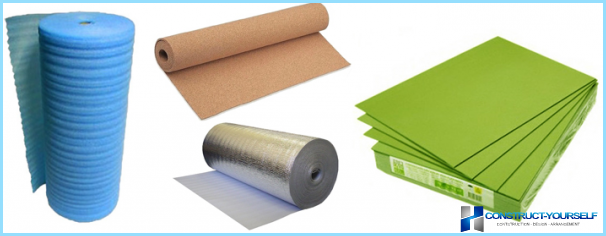
Also, when choosing a substrate it is necessary to consider the material from which made «rough sex». For example, for wood floor is the most suitable cork. Affect the evenness «sub-floor». If the floor is perfectly smooth, it is possible to use a film thickness of 2 mm, and the roughness used, the substrate should have a thickness of 3 mm. And, of course, an important factor influencing the choice should be the appropriate price and quality of purchased goods. Buying a very cheap substrate can lead to the need for its replacement, but buying too expensive is also not advisable.
Also you can find video «How to choose substrate?»
The types of substrates and their characteristics ↑
Polyethylene foam ↑
This kind is very popular. Due to such popularity that it has high moisture resistance and thermal insulation, prevents the appearance of fungi and bacteria, are not interested in insects and rodents. Moreover, it is quite economical, after mounting almost no waste. Often this additional substrate has a metallized layer. Produced and foil film using aluminum. The disadvantages of the polyethylene foam substrate are poor tolerance of UV rays and the tendency to lose shape, leading to sagging.
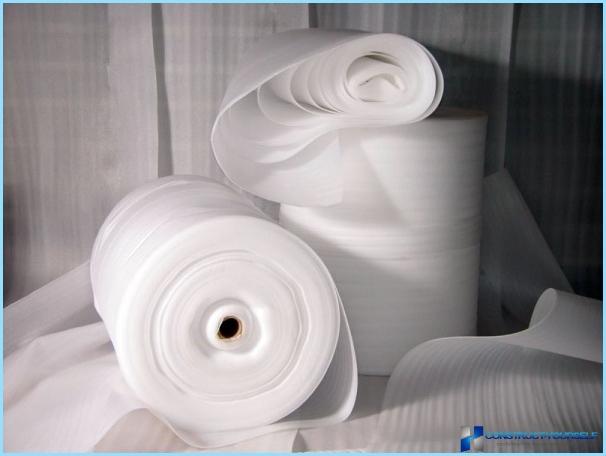
Cork ↑
Cork underlay is able to maintain its technical characteristics over the entire operating time, moreover, not susceptible to fungi and mold. It is an excellent base under floating floors and has excellent insulating properties. The disadvantage is that this material has a very high price, so use it for laying under laminate inexpensive with a short service life is not appropriate. Another «minus» is the possibility of condensation on the underside of the laminate.
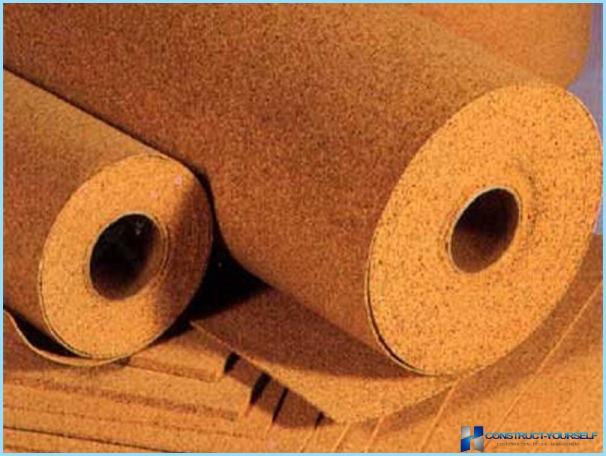
Bitumen-cork ↑
The basis for bitumen-cork underlay is Kraft paper with a mixture of bitumen. On top of this kind of film is covered with cork crumbs, which is made up of pieces the size of 2-3 mm. This substrate absorbs sound, prevents the penetration of moisture and therefore condensation, provides air circulation, equalises pressure. It is advisable to use when laying laminate expensive.
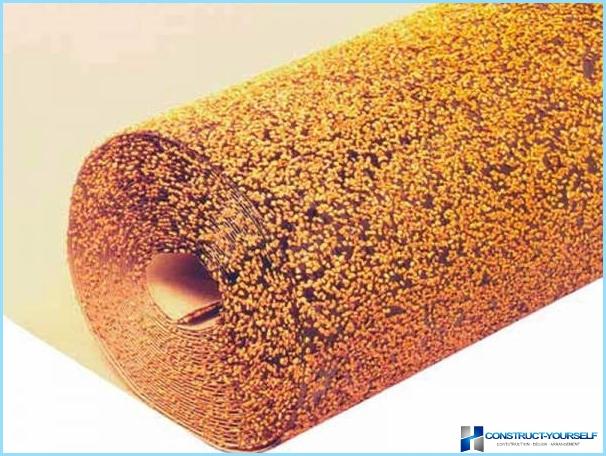
EPS ↑
This film eliminates the irregularities of the floor, increases the resistance of the laminate to the strong loads, absorbs vibration, is enough humidity resistant, provides a high degree of thermal insulation. Due to the high density long-lasting structure and shape. This type of substrate is perfect for heavily used areas.
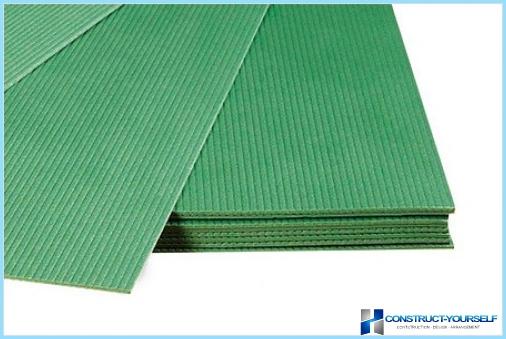
Combined ↑
For their production using polyethylene and polystyrene. It is quite popular. The combined film is made in the form «sandwich», in which balls of polystyrene foam placed between layers of polyethylene with different characteristics. The bottom layer is thinner. Through it the moisture from the floor is held to the granules and then through special technological gaps is discharged to the outside. The top layer made of polyethylene of high pressure, prevents the penetration of moisture from the surface of the floor covering to the subfloor. Sold this type of surface coil, the film thickness is 3 mm.
A special ↑
By created natural ventilation this species is able to withdraw moisture from under the laminate. The use of this type of film reduces the time of installation of laminate flooring in 2-3 times thanks to a mounted moisture-proof membrane. Special substrate provide a high level of sound insulation.
Softwood tiles ↑
Softwood tiles is a new product in the construction market. This material is absolutely environmentally friendly. Due to its ability to easily pass air, it completely eliminates the possibility of under the floor «the greenhouse effect». When you select this type of surface should take into account that it is inferior in elasticity of the cork tape, and also has a sufficiently large thickness (4-5 mm), which is contrary to the requirements of the manufacturers. Styling conifers produce tiles diagonally. In the shops this kind of material is quite rare because of its high cost.
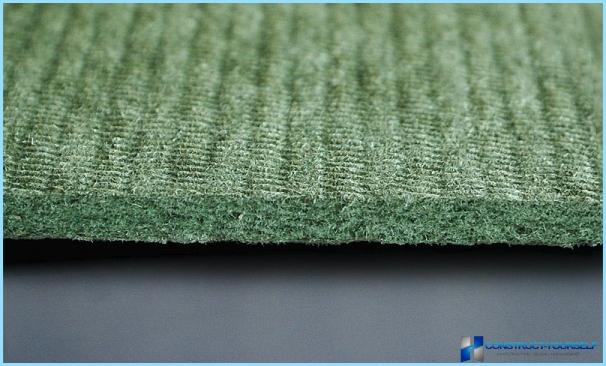
The correct application technology is combined with quality materials will give the most effective results, and your flooring will last you more than ten years. Of course, the choice is influenced by material capabilities, but as they say: «The avaricious pays twice», therefore it is better to buy once high-quality material and it will really help you to save not only money, but also more precious time!

